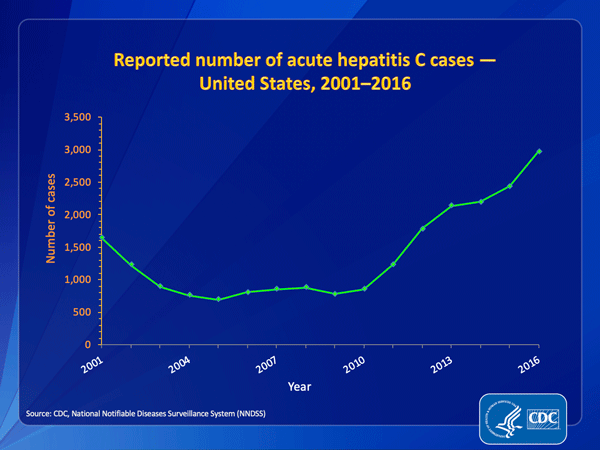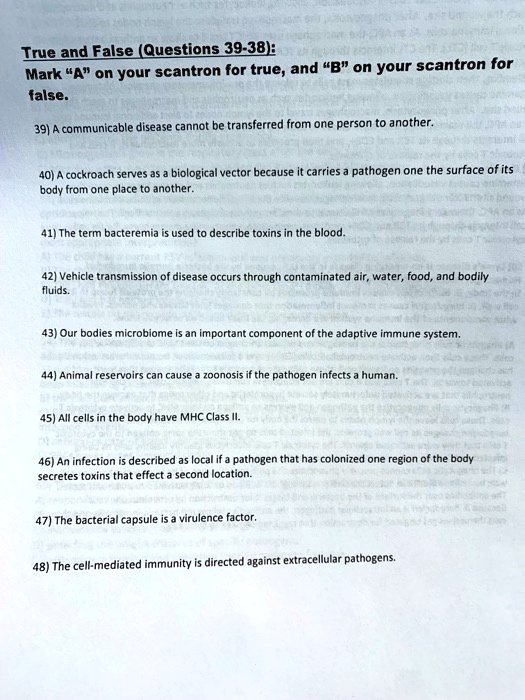
Although this is something of a cliché, the reality is that you are better safe than sorry if you are faced with the prospect of cleaning up dry blood. Yes, if it is dry, the blood may be harmless. These two possibilities demand that you take precautions even when you are cleaning up what you think is dry blood. If blood is not thoroughly dry, there is a real possibility that it still contains living, dangerous pathogens like HIV, hepatitis B, hepatitis C, or something more dangerous. What is even of a greater concern is the fact that what a person thinks is dried blood may not, in fact, be completely dry. While nothing in this explanation is intended to be alarmist, in the final analysis, no one can state without reservation that the time might come in which dried blood could harbor a dangerous and living pathogen. With this being factual, another reality is that pathogens of different types can morph over time. The same generally holds true for some of the less common bloodborne pathogens as well. If blood is completely dry, HIV, hepatitis B, and hepatitis C viruses are also thought to die as well. This gear includes:ĭo the Most Common Bloodborne Pathogens Survive Blood Drying? In addition to proper training and experience, a person involved in biohazard remediation must have proper personal protective gear or PPE. Centers for Disease Control and Prevention became involved in the development of appropriate protocols for personal protective gear in cases potentially involving bloodborne pathogens. The Importance of Personal Protective Gear There is a trio of bloodborne pathogens that are most common. The Most Common Dangerous Bloodborne Pathogens Toxins (derived from a biological source).In addition, biohazards can be dangerous to other animals and can cause harm to the environment for generally. Exposure to certain types of biohazards can be fatal. This type of biological substance poses a very real threat to the health of human beings. Definition of BiohazardĪ biohazard is defined as a dangerous biological substance. You may wonder why dry blood is classified by some people as a biohazard. If you are also like many people, you may wonder if dried blood is dangerous. If you are like most people, you have a basic understanding that blood and other bodily fluids can contain dangerous pathogens. Legal Resources for a Small Business Owner.

Resources for Restoring Your Home and Your Life Following a Major Catastrophe.Community Resources for Combating Infectious Diseases.




 0 kommentar(er)
0 kommentar(er)
